Pre-emergent herbicides are critical in controlling undesirable weeds in turf and ornamental management. Two common choices, prodiamine and pendimethalin, are often compared due to their similarities and distinct applications.
This article delves into the unique properties of each and how they impact weed prevention. One notable difference is their degree of water solubility, significantly affecting their mobility and longevity within the soil. Let’s dive deep into prodiamine vs pendimethalin comparison.
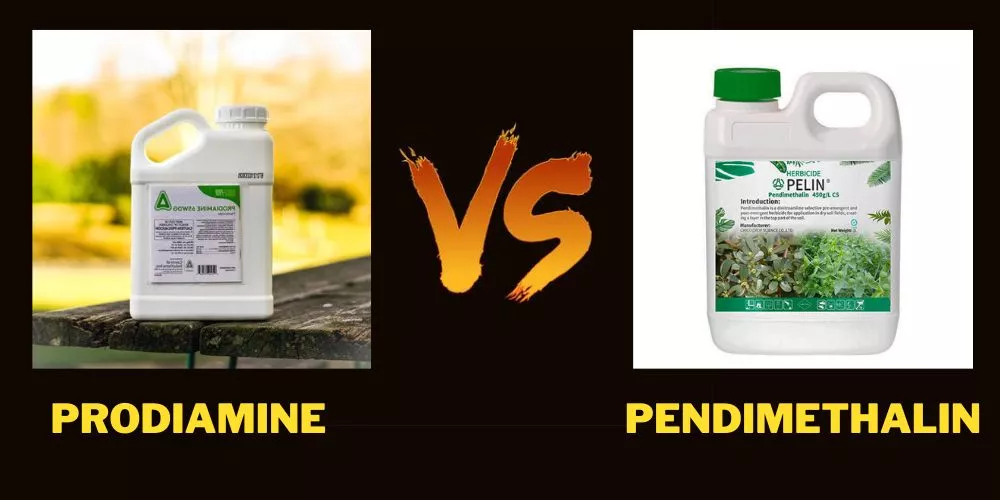
Prodiamine vs Pendimethalin
Choosing pre-emergent herbicides matters significantly regarding effective weed control in your landscape or garden. Let’s delve into a detailed comparison of two popular choices: Prodiamine and Pendimethalin.
1. Chemical Properties
Delving deeper into the chemical properties of Prodiamine and Pendimethalin, you can better understand their behavior and characteristics in various environments.
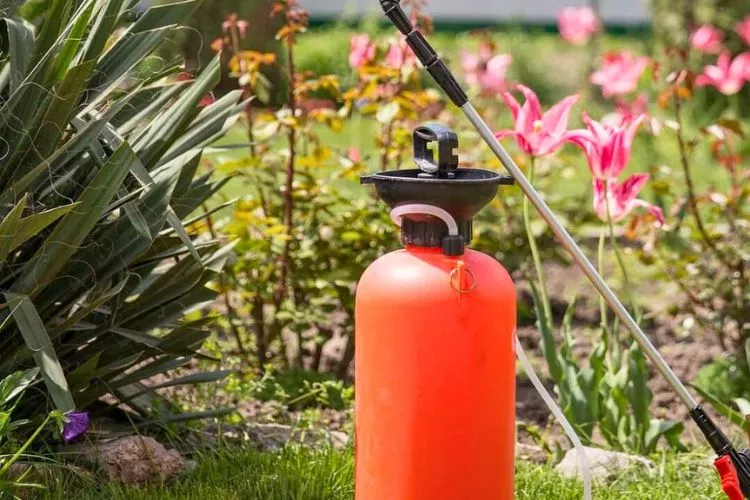
Prodiamine
- Molecular Formula: C15H13F4N5
- Molecular Weight: 353.3 g/mol
- Melting Point: 289.3°C
- Vapor Pressure: Low vapor pressure (<1 x 10^-7 Pa at 20°C)
- Solubility in water: Slightly soluble (0.49 mg/L at 25°C)
- Partition Coefficient (Kow): Log Kow = 2.7
Prodiamine’s low solubility in water and low vapor pressure indicates that it is less likely to leach through the soil or volatilize into the atmosphere. This results in more consistent and prolonged effectiveness but could lead to off-target contamination if not applied properly.
Pendimethalin
- Molecular Formula: C13H19N3O4S
- Molecular Weight: 281.4 g/mol
- Melting Point: 54-58°C
- Vapor Pressure: Low vapor pressure (0.001 mPa at 20°C)
- Solubility in water: Practically insoluble (0.275 mg/L at 25°C)
- Partition Coefficient (Kow): Log Kow = 5.2
Pendimethalin’s practically insoluble nature and low volatility help maintain its efficacy in specific situations, such as sandy soils. However, its higher tendency to adsorb onto organic matter might reduce its availability for plant uptake.
These additional chemical properties aid in understanding how the two herbicides interact with the environment, allowing for more informed decisions when weighing the benefits and drawbacks of each herbicide for specific applications.
2. Mode of Action
Understanding the mode of action for Prodiamine and Pendimethalin allows for more effective weed control tailored to the specific species and conditions in your turf or garden. Let’s explore further details about their modes of action and targeted weed species.
Prodiamine
- Chemical Family: Dinitroaniline
- HRAC/FRAC/IRAC Classification: Group K1 Herbicide
- Mode of Action: Prodiamine binds to the tubulin proteins, inhibiting microtubule formation during cell division (mitosis) in plant root tips. This disruption stunts root development, thereby curtailing weed growth.
- Target Weeds: Prodiamine primarily targets annual bluegrass (Poa annua). However, it is also effective against other common annual grasses like crabgrass (Digitaria spp.) and foxtail (Setaria spp.), as well as selected broadleaf weeds, such as henbit (Lamium amplexicaule) and chickweed (Stellaria media).
Pendimethalin
- Chemical Family: Dinitroaniline
- HRAC/FRAC/IRAC Classification: Group K1 Herbicide
- Mode of Action: Like Prodiamine, Pendimethalin inhibits the plant’s cell division by binding to tubulin proteins, preventing microtubule formation in root and shoot growth.
- Target Weeds: Pendimethalin has a broader weed control range than Prodiamine. It is effective against annual grasses such as crabgrass (Digitaria spp.), foxtail (Setaria spp.), goosegrass (Eleusine spp.), broadleaf weeds like pigweed (Amaranthus spp.), and even sedges like yellow nutsedge (Cyperus esculentus).
When determining the appropriate pre-emergent herbicide for your turf or garden, consider the specific weed species and whether the targeted efficacy of Prodiamine or the broader control offered by Pendimethalin aligns more closely with your objectives.
3. Application Rates and Timing
The application rates and timing of Prodiamine and Pendimethalin can significantly impact their effectiveness. Let’s outline the more detailed information in this aspect:
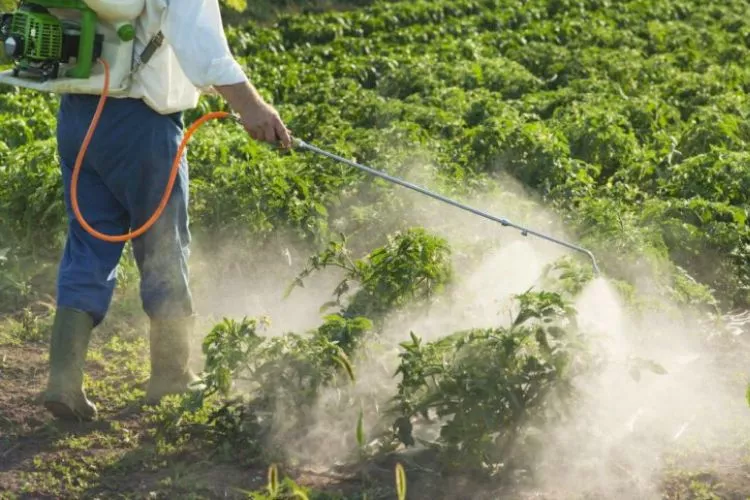
Prodiamine
- Application Rates: Rates can range from 0.65 to 2.3 pounds per acre per year, depending on the specific site, weed pressure, and time of application. The lower range allows for economical usage and flexibility in application methods.
- Timing of Application: Prodiamine can be applied as a single application in late fall or early spring when soil temperatures reach 50° – 55°F. Alternatively, a split application can be conducted for a longer season of control: the first half in early spring and the second about 8-10 weeks later – depending on local weather patterns and weed pressure.
- Mixing: Prodiamine can be tank mixed with other compatible herbicides for broader-spectrum weed control, depending on the pest problem and site requirements.
Pendimethalin
- Application Rates: The typical annual use rate for Pendimethalin ranges between 2 to 4 pounds per acre, depending on the specific site, weed pressure, and the particular product formulation.
- Timing of Application: Pendimethalin performs best as a pre-emergent herbicide when applied before weed seeds have germinated, early pre-plant, at weed seed germination, or early post-emergence. Temperature and soil characteristics should guide the timing, but generally, applications are most effective when soil temperatures are between 50° – 85°F.
- Mixing: Similar to Prodiamine, Pendimethalin can also be mixed with other compatible herbicides for more comprehensive control, considering specific requirements of the site and pest conditions.
When deciding between Prodiamine and Pendimethalin, consider local environmental conditions, weed pressure in your area, and the needs of your specific site. The timing of application and the suitable rate that matches these factors will maximize the efficiency of your weed control regimen.
4. Residual Control and Resistance Management
The residual control offered by a herbicide and its propensity to induce resistance in target plants is critical when choosing between Prodiamine and Pendimethalin. Let’s dive deeper into these dimensions:
Prodiamine
- Residual Control: Prodiamine’s low solubility in water and propensity to bind to soil particles provide substantial residual control. This characteristic allows for effective performance over an extended period—even after several rainfall or irrigation events.
- Resistance Management: Repeated herbicide use can lead to resistance in target pest populations. For Prodiamine, there have been cases of annual bluegrass developing resistance after prolonged usage. Alternating with other modes of action and combining with post-emergence products as part of a resistance management program is recommended.
Pendimethalin
- Residual Control: Pendimethalin also offers effective residual control, though not as prolonged as Prodiamine due to its higher volatility. It provides good control for a broad range of weeds when applied as a pre-emergent herbicide.
- Resistance Management: To date, resistance development has not been a significant issue with Pendimethalin. Regardless, it is good practice to use it as part of a well-rounded integrated pest management program, which includes alternating with other modes of action.
Choosing between Prodiamine and Pendimethalin should incorporate considerations of the required residual control period and possible resistance development in your target pest population. The specific blend of these factors will guide the best herbicide choice for optimal weed control.
5. Safety and Environmental Concerns
- Prodiamine: Labelled as low toxicity, personal protective equipment (PPE) is recommended. It presents low risks to birds, fish, and non-target insects.
- Pendimethalin: Carries a moderate risk to mammals and birds but low risk to fish and insects. PPE is needed for the application.
6. Cost Implications
- Prodiamine: Prodiamine tends to be more cost-effective due to its lower required application rates, despite potentially higher upfront costs.
- Pendimethalin: While Pendimethalin’s initial cost might be less, the higher application rates can cause the cost to accumulate over time.
7. Effectiveness in Various Soil Types
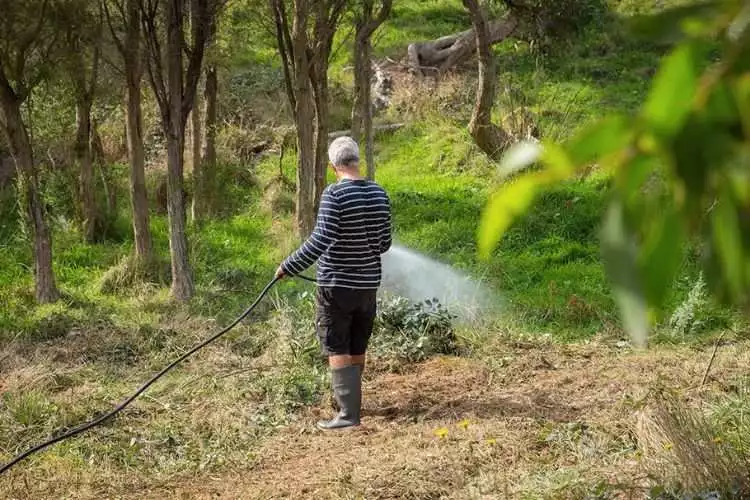
- Prodiamine: It’s more effective in a wider range of soil types as it is less likely to bind with organic matter.
- Pendimethalin: Optimally effective in sandy soil types, it may bind more readily with organic matter, decreasing its availability for plant uptake.
8. Temperature Requirements
- Prodiamine: It works best at soil temperatures between 55° – 60°F. If applied when soil temperatures exceed this range, the effectiveness diminishes.
- Pendimethalin: It has a wider temperature range, from 50° – 85°F, thus offering a broader window of application.
9. Species Selectivity
- Prodiamine: Selective pre-emergence herbicide controls annual grasses and certain broadleaf weeds but is notably effective against annual bluegrass.
- Pendimethalin: Also a selective pre-emergence herbicide, it features a broader range of weed control, handling annual grasses, certain broadleaf weeds, and sedges.
What weeds are controlled by pendimethalin?
Pendimethalin is effective in controlling a variety of annual grasses and broadleaf weeds. Some of the common weeds controlled by Pendimethalin include:
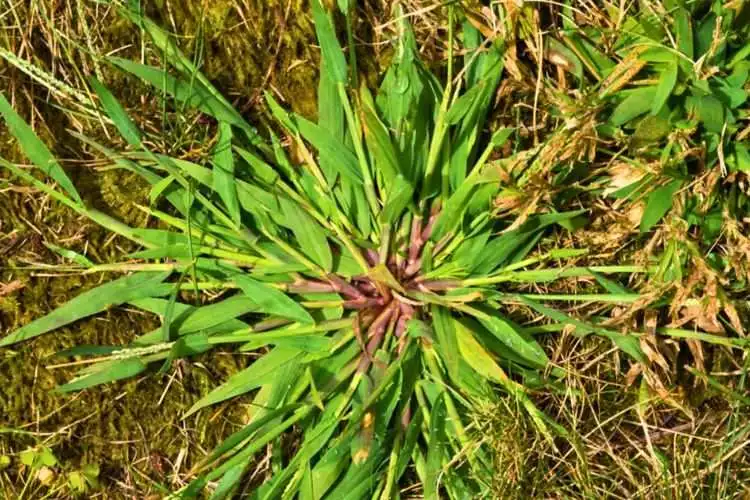
Grasses
- Crabgrass (Digitaria spp.)
- Foxtail (Setaria spp.)
- Goosegrass (Eleusine indica)
- Barnyardgrass (Echinochloa crus-galli)
- Fall panicum (Panicum dichotomiflorum)
- Johnsongrass (Sorghum halepense, seedling)
- Yellow Nutsedge (Cyperus esculentus, suppression)
Broadleaf Weeds
- Chickweed (Stellaria media)
- Dandelion (Taraxacum officinale)
- Knotweed (Polygonum spp.)
- Lambsquarters (Chenopodium album)
- Pigweed (Amaranthus spp.)
- Purslane (Portulaca oleracea)
- Shepherd’s-purse (Capsella bursa-pastoris)
- Spotted spurge (Euphorbia maculata)
- Velvetleaf (Abutilon theophrasti)
Please note that this list is not exhaustive, and the efficacy of Pendimethalin may vary depending on factors such as the application rate, timing, and environmental conditions. Always consult the product label for specific weed control information and instructions.
What weeds does Prodiamine stop?
Prodiamine is an effective pre-emergent herbicide that controls a wide range of annual grasses and broadleaf weeds. This includes but is not limited to:
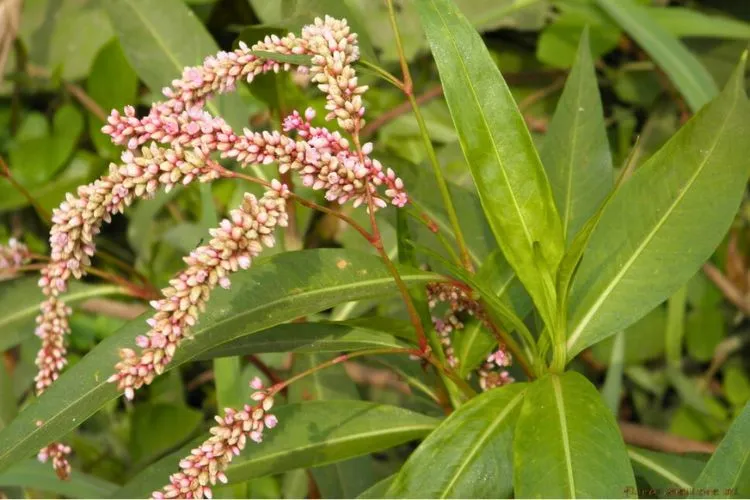
Grasses
- Crabgrass (Large and Smooth)
- Foxtail (Green, Yellow, and Giant)
- Goosegrass
- Annual Bluegrass (Poa annua)
- Ryegrasses (Lolium species)
- Sprangletop (Leptochloa species)
Broadleaf Weeds
- Carpetweed (Mollugo verticillata)
- Common chickweed (Stellaria media)
- Henbit (Lamium amplexicaule)
- Knotweed (Polygonum species)
- Pigweed (Amaranthus species)
- Purslane (Portulaca oleracea)
- Spotted spurge (Euphorbia maculata)
Please note that the efficacy of Prodiamine can depend on various factors, including but not limited to the rate of application, the timing of application, and the specific conditions of the environment where it is being used. Always refer to the specific product labeling for detailed information on weed control and usage directions.
More articles about herbicides you may find useful: How Long does it Take for Atrazine to Work? | Simazine vs Atrazine
Frequently asked question (FAQs)
How long does pendimethalin last?
Depending on application rate, soil type, and environmental conditions, Pendimethalin typically provides residual control for 2 to 4 months. It may degrade more quickly in well-drained soils or when rainfall is high.
How long does prodiamine last?
Prodiamine offers long-lasting control with residual effects lasting about 3 to 5 months, depending on application rate, soil type, and environmental factors. Higher application rates may provide extended control.
Is pendimethalin toxic to dogs?
Pendimethalin, when used as directed, has low acute toxicity in dogs. Exposure at high doses may cause symptoms, but usual applications are unlikely to pose significant risks. Keeping dogs off treated areas is important until the herbicide has dried.
Is Prodiamine safe for dogs?
Prodiamine, when used as directed, is considered to have low toxicity in dogs. Keep dogs away from treated areas until the application has dried completely to minimise potential risks.
Is pendimethalin harmful to bees?
Pendimethalin is considered to have low toxicity to bees. However, applying the herbicide according to label instructions is important to minimize any potential risks to pollinators.
Is Prodiamine harmful to bees?
Prodiamine is considered low toxicity to bees and does not generally pose a significant risk when used according to label directions. To minimize potential impacts on pollinators, follow the product’s application guidelines carefully.
Conclusion:
To summarize the prodiamine vs pendimethalin debate, your choice between the two largely depends on your specific needs and environment. While Prodiamine offers a long-lasting solution and is generally more cost-effective in the long run, Pendimethalin can be optimal for those seeking a slightly lower upfront cost.
Both herbicides have a similar range of weed control and show low toxicity to pets and bees. Always remember the effectiveness of both products significantly depends on the appropriate application following the manufacturer’s recommendations. Choose wisely based on your requirements and ecological conditions.


